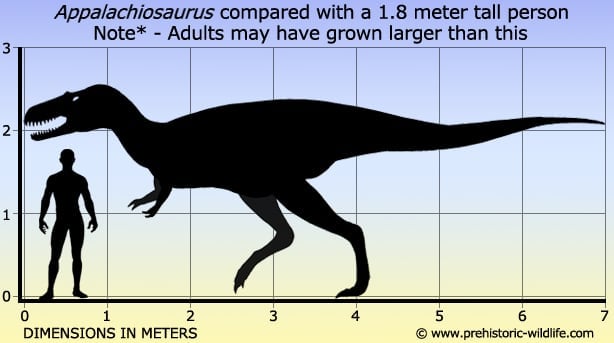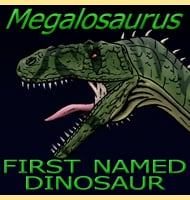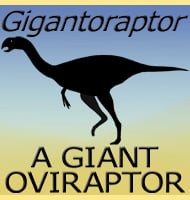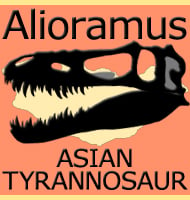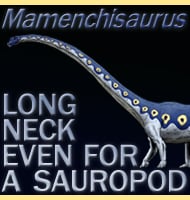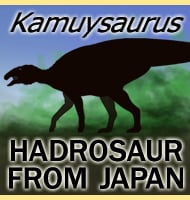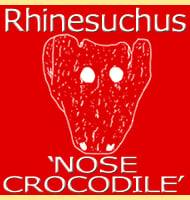In Depth
When Appalachiosaurus was first discovered it raised more than a few eyebrows because it was discovered in the Eastern United States. Up until that point only one other genus of tyrannosaur named Dryptosaurus had been found in the eastern half of the USA.
The one specimen of Appalachiosaurus appears to have been a juvenile, and this is indicated by open sutures between the bones of the skull. As Appalachiosaurus grew into an adult they would have fused, ceasing any further growth. Although Appalachiosaurus is thought to have been similar to Albertosaurus, it actually has a distinctive feature of six low crest lines across its snout. This feature is also seen in the Asian tyrannosaurid Alioramus.
A very exciting feature of the Appalachiosaurus specimen are tooth marks thought to have been made by the giant crocodile Deinosuchus. This injury also shows signs of healing indicating that the Appalachiosaurus survived the assault.
Further Reading
– A new genus and species of tyrannosauroid from the Late Cretaceous (middle Campanian) Demopolis Formation of Alabama”. Journal of Vertebrate Paleontology 25 (1): 119–143 – T. D. Carr, T. E. Williamson & D. R. Schwimmer – 2005. – Comparison of the Functional Morphology of Appalachiosaurus and Albertosaurus – The Open Geology Journal 6: p. 65-71. – T. J Lane & L. Lane – 2012. – The biogeography and ecology of the Cretaceous non-avian dinosaurs of Appalachia. – Palaeontologia Electronica. 21 (1): 1–56. – Chase D. Brownstein – 2018.
